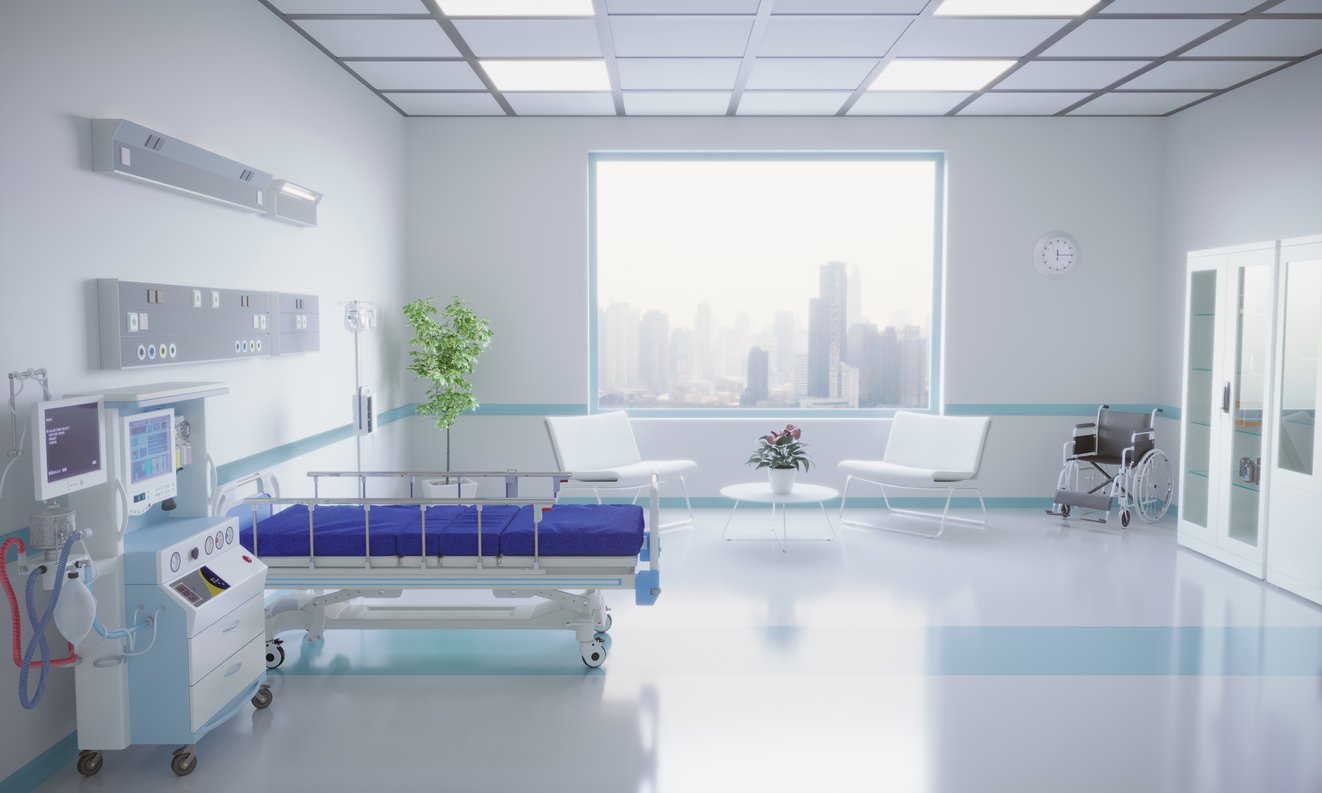Medical office design has steadily been changing and evolving. For the longest time medical or clinical buildings have been behind the curve when it comes to more modern building design ideas. They often are still quite traditional in design when comparing the last few decades. Thankfully as greater attention is paid to creating greener buildings and designing spaces designed for people, these buildings are slowly but surely improving.
Newly constructed medical office buildings are surprisingly beautiful and designed in ways that make them feel more comfortable for patients by eliminating the traditional cold, clinical feel of so often associated with these spaces.
Here are 5 growing trends in smart and effective medical office design.
creating more energy efficient buildings
One building design trend that has been positively affecting every industry is constructing more energy efficient buildings. Medical offices are particularly good candidates for energy efficient or green building design because this particular industry requires a lot of energy. Office buildings are already one of the highest energy consumers when it comes to buildings, let alone clinical offices with high-powered machines, intense lighting, vital climate control needs, etc.
Medical offices being newly constructed should be made of high-tech, durable materials that will create the strongest building envelope possible. Insulated concrete wall systems are the ideal material for these types of buildings. They offer improved strength over regular concrete walls, are faster to install, and naturally offer improved air and moisture control.
Taking Advantage of Changes in Digital Technology
When designing the interior of medical offices it is a good idea to take advantage of changes in digital technology needs. Medical technology or technology used in medical settings is always changing and becoming more efficient. For example the use of digital kiosks where patients may check themselves in or out as well as make follow-up appointments reduces congestion at the front desk and allows secretaries more time to attend to other important needs.
It is also important that plenty of properly spaced outlets and even special outlets with USB ports built-in are in offices as well as waiting rooms. Harnessing technology that improve patient satisfaction and makes it easier for staff to do their jobs is paramount.
Incorporating Outdoor Green Space to Patient Care
It has long been known that spending time outdoors is beneficial for human health, yet here in the US there has been fairly slow progress in taking advantage of nature as a source of healing. As the awareness of how important green spaces are in often settings as well as medical settings, there will be a growing trend in medical offices and clinics purposely landscaping green spaces to invite staff as well as patients to relax.
These green spaces should be easily accessible and naturally be able to be enjoyed by those confined to wheelchairs or patients that need a walker. These green spaces don't need to be elaborately designed, but rather serve as a small garden setting with purposefully placed shrubs or trees to create a cozy area blocked from traffic or parking lots.
Designing Interiors that are More "Home" and Less "Clinic"
Another trend in medical office interiors that was hinted at above is the change in how interior decor is done. Medical settings have long been associated with unwelcoming, cold feelings, which makes patients feel more nervous and uncomfortable. Many medical buildings have begun to style their buildings with people in mind, creating comfortable spaces that feel more like home than a clinic or office.
This trend really helps increase patient satisfaction by improving comfort and mental well-being. Patients in waiting rooms that are well-designed are often more patient and find average wait times more agreeable.
Larger Exam Rooms for Group Therapy Practices
Medical offices and clinics that deal with patients that have chronic conditions like diabetes, cancer, celiac disease, and others, can benefit from having large exam rooms designed for group therapy. These exams rooms are far more efficient while also improving patient therapy as a whole.
Not only will group therapy rooms allow for a professional to educate many people in less time, but also have lowered costs. In addition to these large exam rooms, a smaller personal exam room would be used for individual patients that require private care. For regular patients requiring weekly, bi-weekly, or monthly check-ins, this option saves time and space. Every medical office can benefit from this idea.
Medical office design trends will continue to improve current building designs as well as help with future innovation to make these offices and clinics even better.
CME is the only national equipment distributor that specializes in helping healthcare professionals outfit and move-in to their new or renovated facilities. To learn more about our Direct-to-Site services, read 6 Key Features of Direct-to-Site Medical Equipment Delivery.
About CME: CME Corp is the nation’s premier source for healthcare equipment, turnkey logistics, and biomedical services, representing 2 million+ products from more than 2,000 manufacturers.
With two corporate offices and 35+ service centers, our mission is to help healthcare facilities nationwide reduce the cost of the equipment they purchase, make their equipment specification, delivery, installation, and maintenance processes more efficient, and help them seamlessly launch, renovate and expand on schedule.



